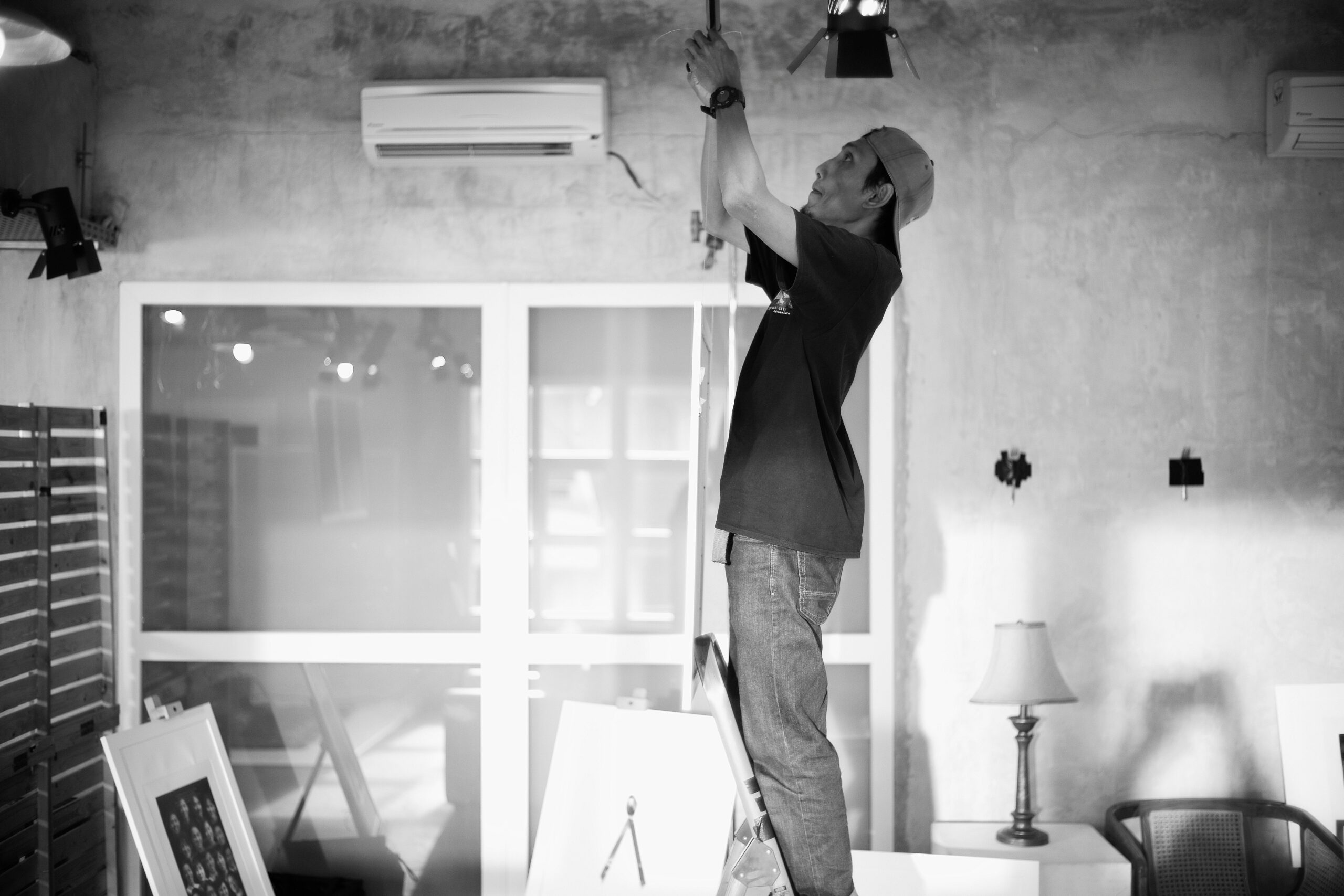“Ever walked into your home after a vacation, only to find it ransacked? Yeah, me neither… until last summer. Spoiler: Burglary insurance saved my sanity but didn’t fix my shattered sense of security.”
Burglaries are more common than you think. In fact, a burglary occurs every 26 seconds in the U.S. That’s enough to make anyone rethink their home safety game plan. If you’re looking for ways to protect your property—and keep your burglary insurance premiums from skyrocketing—you’ve come to the right place. This blog post dives deep into actionable home safety tips tailored to safeguarding your space and optimizing your coverage.
You’ll learn:
- The most overlooked weak spots burglars exploit (and how to fix them).
- A foolproof step-by-step guide to securing your home.
- Surprising best practices even your “techy” neighbor doesn’t know.
Table of Contents
- Why Home Safety Should Top Your Priority List
- Step-by-Step Guide to Making Your Home Safer
- Top Home Safety Tips You Need to Know
- Real-Life Examples: What Works (and What Doesn’t)
- Frequently Asked Questions About Home Safety
Key Takeaways
- Securing your home involves both physical measures and smart habits.
- Insurance providers often reward proactive homeowners with lower premiums.
- Simple upgrades like motion-sensor lighting can deter burglars effectively.
- Neglecting basic safety precautions could void certain parts of your policy.
Why Home Safety Should Top Your Priority List

Sure, we all want to believe our homes are fortresses. But let’s get real here—burglars aren’t magicians; they target easy opportunities. And if you’re not actively protecting your home, you might as well roll out the red carpet for them.
Optimist You: *“I live in a safe neighborhood! Surely, nothing bad will happen.”*
Grumpy You: *“Yeah, famous last words right before a break-in.”*
Apart from the emotional toll, burglaries have financial consequences too. While burglary insurance can help cover losses, filing claims isn’t fun—it’s invasive, time-consuming, and could lead to higher premiums later. Worst case scenario? If negligence caused the incident, your claim might be denied entirely.
TLDR: Prevention > Reaction. Let’s talk about making your home safer starting now.
Step-by-Step Guide to Making Your Home Safer
Step 1: Assess Your Current Security Setup
Take stock of what you already have: locks, cameras, alarms, etc. Write down areas that feel insecure or vulnerable (e.g., ground-floor windows, sliding doors).
Step 2: Upgrade Weak Points
Focusing on the low-hanging fruit first:
- Install deadbolts on exterior doors.
- Add window locks or bars, especially on easily accessible ones.
- Secure sliding glass doors with anti-lift devices.
Step 3: Light Up Dark Areas
Burglars loathe visibility. Install motion-sensor lights near entryways and dark corners where intruders might lurk.
Step 4: Leverage Technology
Smart home tech is no longer reserved for billionaires. Consider tools like:
- Video doorbells (Ring, Nest Hello).
- Smart locks that alert when opened remotely.
- Alarm systems connected to your phone.
Pro Tip: Some insurers offer discounts for using approved smart devices!
Top Home Safety Tips You Need to Know
Tip #1: Don’t Advertise Vacations Online
This one’s brutally honest: posting vacation pics while you’re away screams, “Hey, robbers, my house is empty!” Wait till you’re back to share those beach selfies.
Tip #2: Get to Know Your Neighbors
Your neighbors are your frontline defense. They can spot suspicious activity and report anything unusual to authorities faster than an alarm company ever could.
Tip #3: Use Landscaping Wisely
Overgrown bushes near windows provide perfect hiding spots for burglars. Trim them up and create clear sightlines around your property.
Terrible Tip Alert:
Buy a fake security camera. These scream “amateur” to seasoned thieves who recognize them instantly. Save your money for something legit instead.
Real-Life Examples: What Works (and What Doesn’t)
Case Study 1: A homeowner installed a DIY video surveillance system costing $200. Within months, recorded footage helped police catch a repeat offender targeting his street.
Case Study 2: Another family ignored advice to remove spare keys hidden under pots on their porch. Yep—you guessed it—they came home to an empty house.
Lesson learned: Small investments in prevention pay off big-time versus recovery costs.
Frequently Asked Questions About Home Safety
Q: Does having a dog actually deter burglars?
Absolutely! Even a small dog barking loudly can scare off potential intruders.
Q: Will installing a security system lower my insurance premium?
Yes—if approved by your provider. Always check which systems qualify for discounts.
Q: How often should I review my burglary insurance policy?
At least annually, or whenever major life changes occur (new home additions, divorce, etc.).
Conclusion
If there’s one thing you take away from this article, remember this: proactive home safety saves headaches AND money. With burglary insurance as your backup, these seven essential home safety tips can transform your space into a secure haven.
Now go lock those doors, trim those bushes, and maybe toss that #HideAKey habit while you’re at it.
P.S. Remember the days of clunky flip phones? Like that relic, outdated home security methods won’t cut it anymore. Here’s to staying sharp—both online and offline. 🌟


